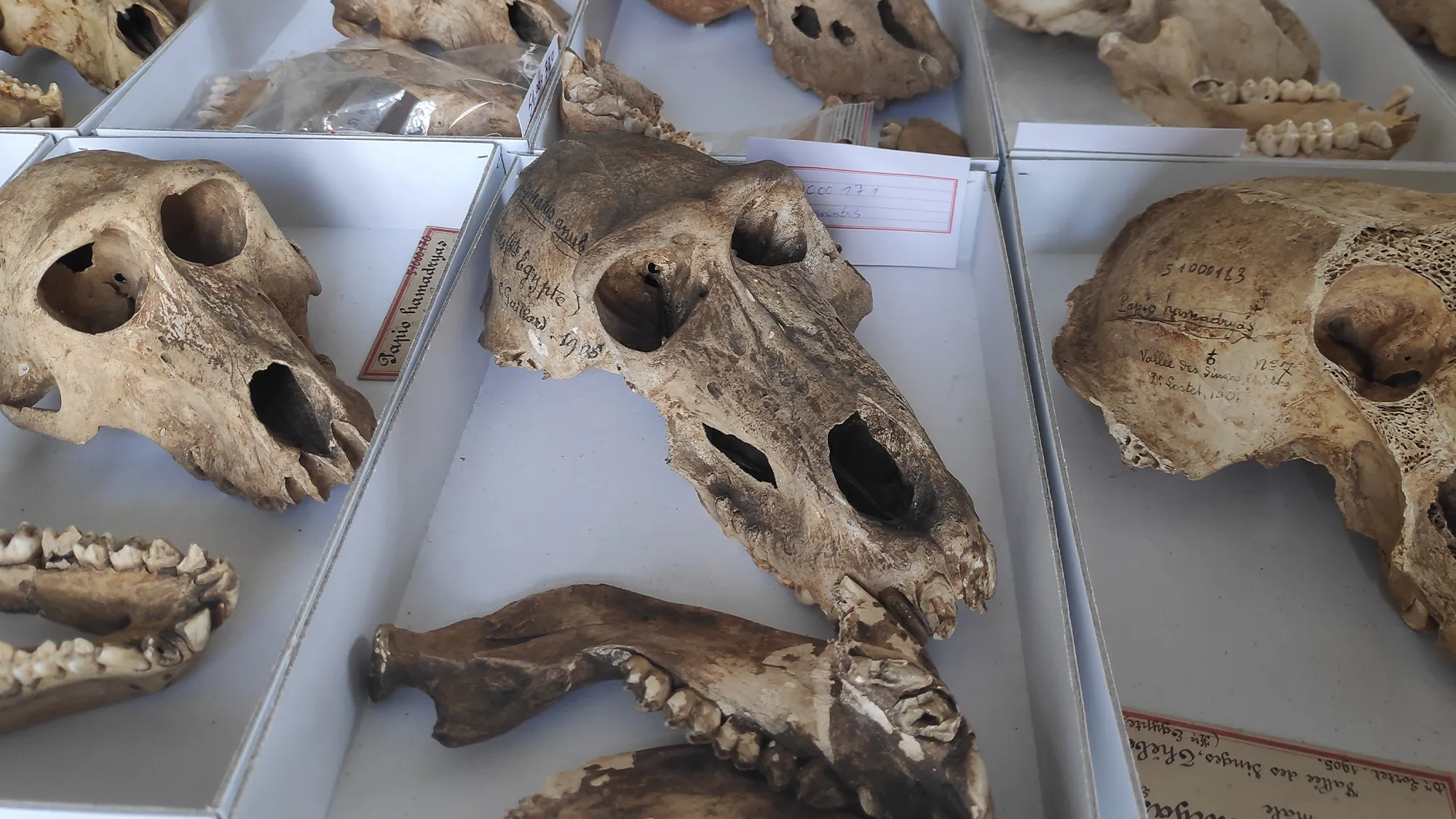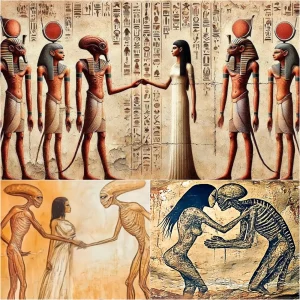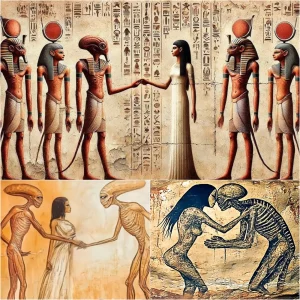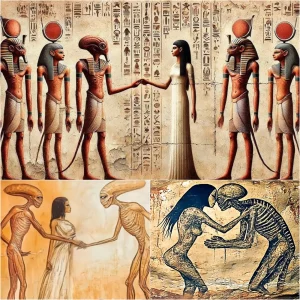The baboons, revered as representations of Thoth, the god of the moon and wisdom, and adviser to the sun god Ra, were likely raised in captivity and subsequently mummified by ancient Egyptians from roughly the 9th century BC to the 4th century BCE. This practice extended to a wide array of animal species mummified for religious purposes, including local crocodiles for Sobek, bulls for Bouchis, and cats for Bastet, as well as animals imported from distant regions.
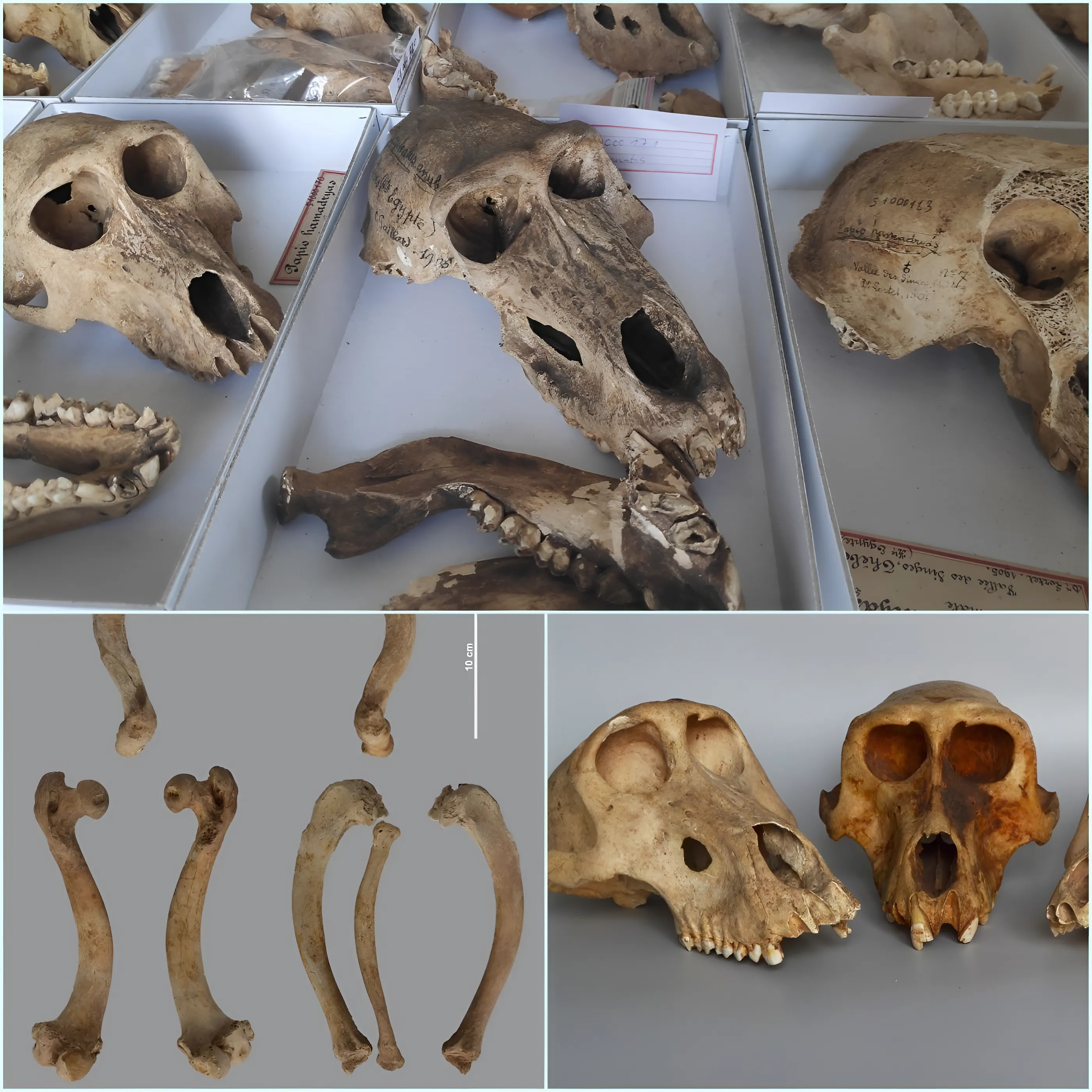
The study, published in the open-access journal PLOS ONE on December 6, analyzed baboon remains dating back 2,500 to 2,800 years, revealing signs that these animals were raised in captivity. Discovered at Gabbanat el-Qurud, known as the Valley of the Monkeys due to the prevalence of primate remains, the site is located near Luxor on the east bank of the Nile River in southern Egypt. The baboon skeletons exhibited skeletal abnormalities such as lesions and deformations, indicative of conditions like rickets, likely caused by a chronic lack of sunlight and inadequate nutrition due to their captivity.
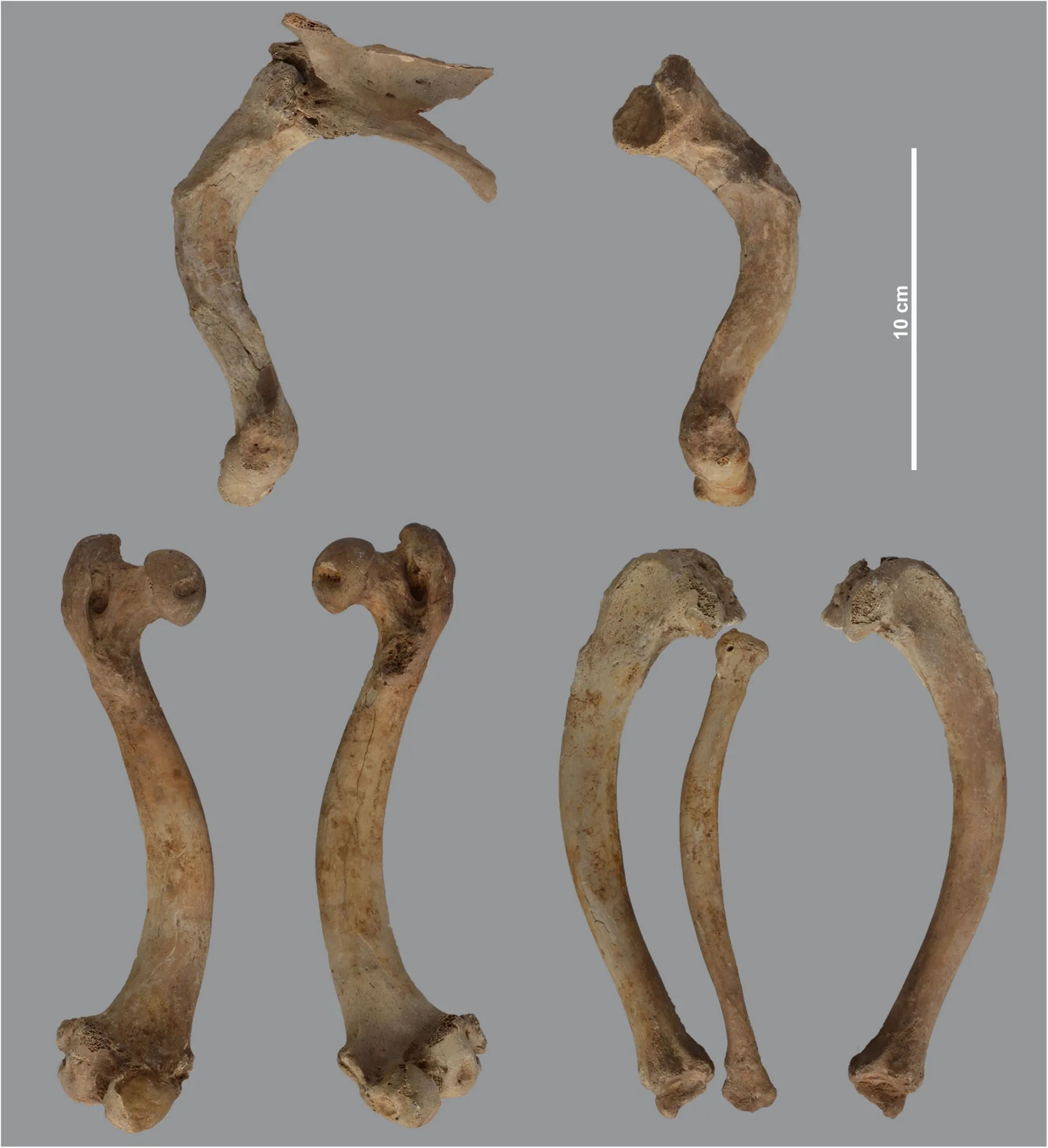
Bea De Cupere, co-author and archaeozoologist at the Royal Belgian Institute of Natural Sciences, noted that similar findings of captive baboons with skeletal deformities have been observed at other ancient Egyptian sites such as Saqqara and Tuna el-Gebe. These conditions suggest that the baboons were likely housed in enclosed structures with high walls and roofs to prevent escape, thereby limiting their exposure to sunlight necessary for healthy bone development.
